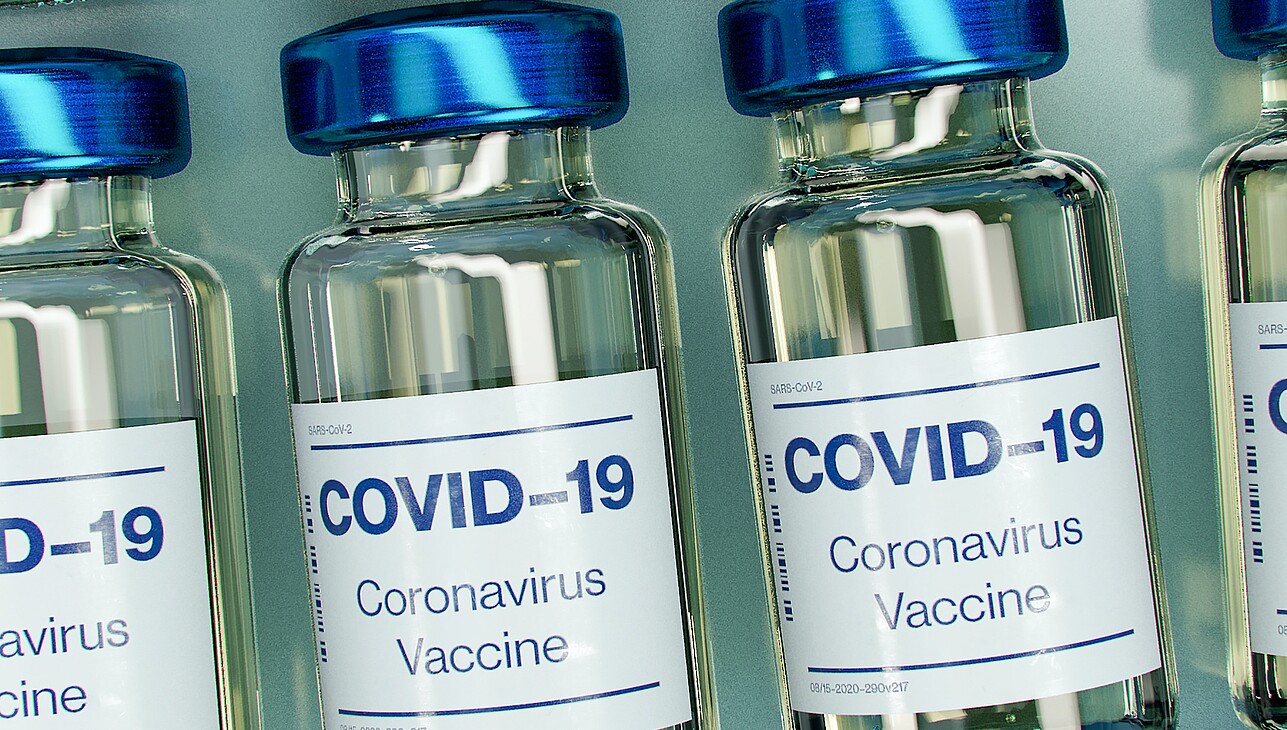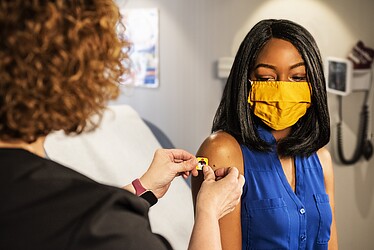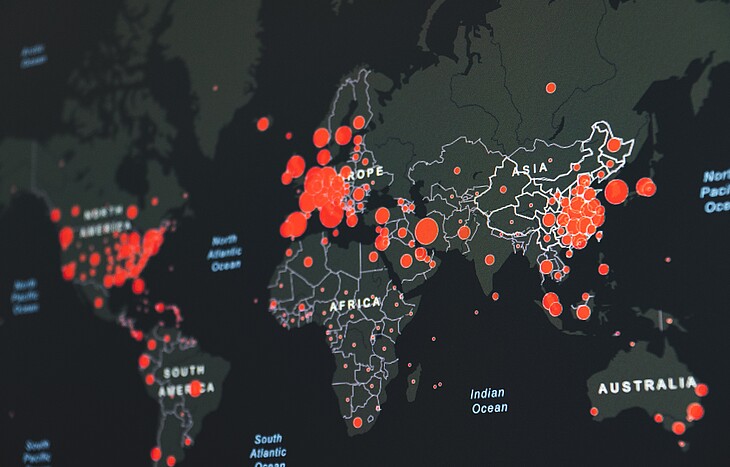

Covid has made very clear the variety of approaches ordinary people have towards vaccination. Most welcome the vaccine as a logical scientific solution to a global pandemic. Others have an opinion that ranges from disinterest to downright hostility. However, even among those who want the vaccine, there is a group of people susceptible to external factors that might inhibit their willingness to actually get out and get vaccinated, writes Cynthia Kong.

Establishing functional vaccine distribution systems has been historically important and will continue to be important for all kinds of future vaccination campaigns. Last-mile distribution of Covid vaccines is of particular importance because it is the part of the supply chain that has direct contact with the population, and its design can affect the vaccine's uptake. For example, people's willingness to get vaccinated might differ if the vaccine is administered in a big football stadium compared to when it is done by a general practitioner. Different systems such as highly centralised versus decentralised systems imply different operational attributes. But how do these operational attributes – such as the locations of points of dispensing (PODs) and the set-up of appointment scheduling – affect patient preferences and, subsequently, vaccine uptake? This was the question that Cynthia Qingxia Kong, Harwin de Vries and Abed Kayyal decided to explore.
Each of these factors affects people differently, and to a greater or lesser degree. The three researchers decided to conduct a discrete choice experiment with a sample of 488 Dutch subjects in May 2021 – just as the vaccine programme in the Netherlands took off – to explore the most important factors inhibiting uptake of vaccination. The factors they studied were:

INSEAD Humanitarian Research Group in France
INSEAD, Institut Européen d'Administration des Affaires


The good news is that of the 488 people in the study, 92.4 per cent were willing to take the vaccine, even in what we called the ‘worst-case scenario’, defined as no choice in vaccination day or time; a 30-day appointment delay; an hour’s travel time to the facility; 40 minutes wait time at the facility; and a facility at an unfamiliar location.
The question for the researchers was how the other 7.6 per cent – representing more than 100,000 Dutch citizens – could be encouraged to take the vaccine. They found that two factors were most significant in inhibiting vaccination uptake: appointment delay and travel time. When appointment delay was reduced from 30 to 20 days, they saw almost no change (approximately 1 per cent). The real change came at a reduction to 10 days, when 8.2 per cent of the sub-sample would have changed their decision to get the vaccine. For travel time, a decrease from an hour to 40 minutes led to an increase in uptake of 2 per cent. A decrease to 20 minutes led to an increase of 5.5 per cent, and a reduction to 0 minutes – an appointment to be vaccinated at home – led to an increase of 11.8 per cent.


What was interesting was that flexibility of appointments and familiarity with the employee administering the vaccine were not particularly important to people. Of course, there was also a trade-off. When travel time was short, people were more willing to accept an appointment delay. This suggests that a decentralised system of delivery – the use of mobile units, for example – might positively impact vaccination uptake. However, such a system is expensive and inefficient. This highlights that when dealing with those who hesitate to make a vaccination appointment, governments have to balance efficiency and effectiveness, i.e., vaccine uptake versus additional costs. From an efficiency perspective, governments would probably prefer large, centralised facilities, while maximising uptake requires decentralised centres that reduce travel time and eliminate waiting time – this could be especially important for vulnerable people who might find it more difficult to travel.
The balance between efficiency and effectiveness shifted over time due to a change in objective. At the beginning of the pandemic, the supply side was the bottleneck. There was a scarcity of vaccines and personnel, so efficiently using those resources was relatively important. Later in the pandemic, the demand side became the bottleneck – vaccination rates decreased, and vaccination capacity exceeded the demand for vaccines. Then it was essential to tweak the system toward the patients' preferences at the expense of efficiency.
Clearly, when it comes to the operational management of last-mile vaccination, distribution strategies do matter. It might not be enough to simply consider collective preferences, choosing one method over another. If society focuses only on a centralised approach in large vaccination sites, and not enough on a decentralised approach for certain population segments, this will have clear and negative implications for vaccination uptake.
This understanding of factors that affect vaccine hesitancy is important when it comes to controlling future pandemics. And of course, the sample in our study focused on a Dutch population at the initial stages of the vaccination programme. The researchers are looking forward to more research in different countries and at different stages of the pandemic to explore the cultural factors at play and whether issues such as pandemic fatigue and vaccination conditions themselves play a role in the operational management of last-mile vaccination distribution.


Science Communication and Media Officer
Rotterdam School of Management, Erasmus University (RSM) is one of Europe’s top-ranked business schools. RSM provides ground-breaking research and education furthering excellence in all aspects of management and is based in the international port city of Rotterdam – a vital nexus of business, logistics and trade. RSM’s primary focus is on developing business leaders with international careers who can become a force for positive change by carrying their innovative mindset into a sustainable future. Our first-class range of bachelor, master, MBA, PhD and executive programmes encourage them to become to become critical, creative, caring and collaborative thinkers and doers.
